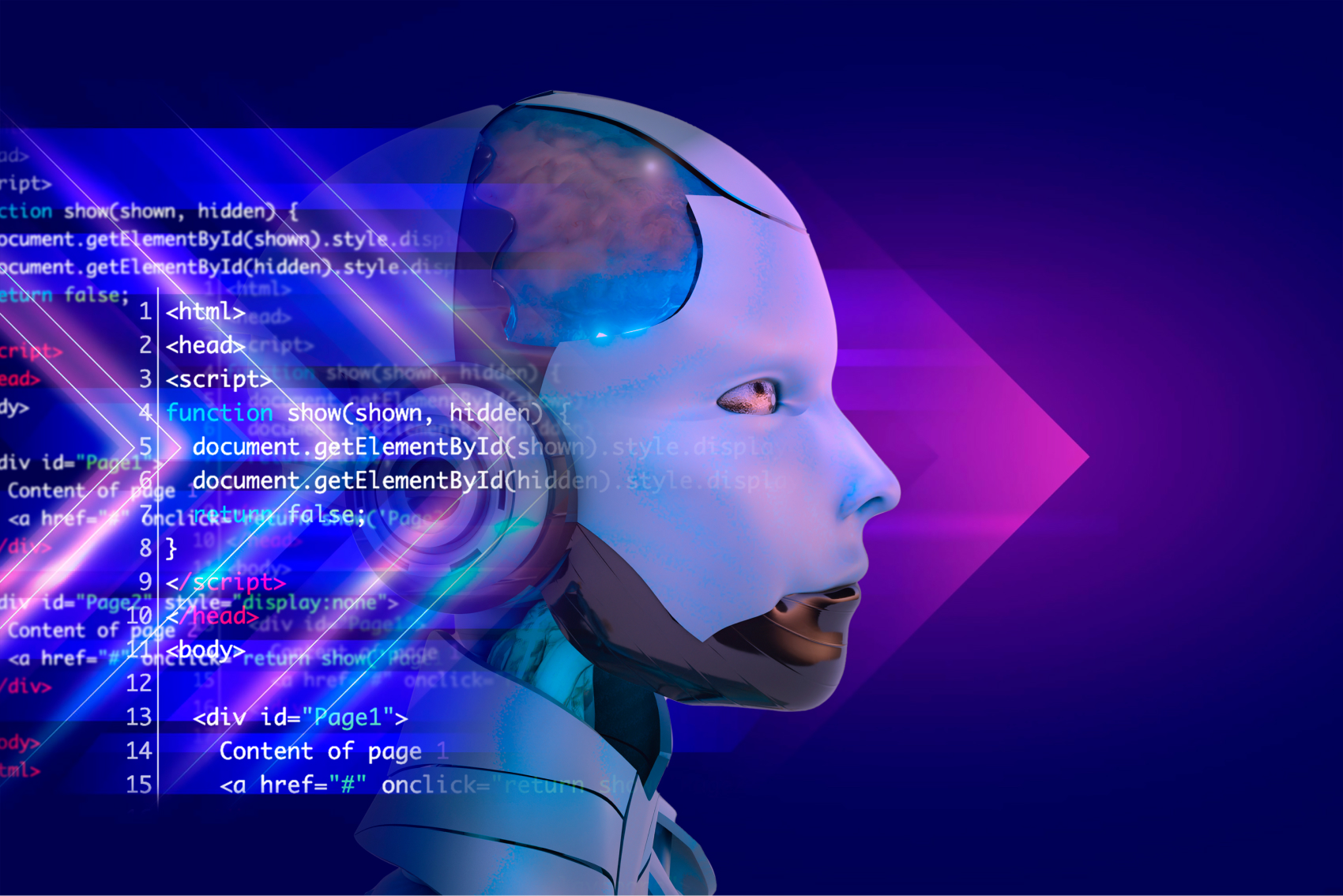05/01/2024

Machine learning is a buzzword that has been making waves across various industries, from healthcare to finance. But what exactly is machine learning, and how do its models work? For many, these concepts can seem daunting, especially if you don’t have a technical background. This article aims to demystify machine learning models and provide a straightforward guide to understanding them for non-experts.
Machine learning (ML) is a subset of artificial intelligence (AI) that focuses on building systems capable of learning from and making decisions based on data. Unlike traditional programming, where a computer is explicitly programmed to perform tasks, machine learning models learn patterns and make predictions or decisions based on the data they are given.

Data is the cornerstone of machine learning. The quality and quantity of data significantly influence the performance of a model. Data can come in various forms, such as numbers, text, or images. For example, a model designed to recognize cats in photos would need a large dataset of cat images.
Algorithms are the procedures or formulas that the machine learning model uses to learn from data. There are various types of algorithms, each suited to different kinds of tasks. Common types include:
Features are the individual measurable properties or characteristics used by the model to make predictions. Labels are the outcomes or results that the model is trying to predict. For instance, in a dataset predicting house prices, features might include square footage and number of bedrooms, while the label is the house price.
Training is the process of feeding data into a machine learning model and adjusting the model based on its performance. The goal is to minimize errors and improve accuracy. During training, the model learns to identify patterns and relationships in the data.
Once the model is trained, it’s evaluated to determine how well it performs on new, unseen data. Metrics such as accuracy, precision, and recall are used to assess the model's performance. This step ensures that the model generalizes well and doesn’t just memorize the training data.

The first step in building a machine learning model is collecting and preparing data. This includes cleaning the data, handling missing values, and transforming it into a format suitable for training.
Depending on the task at hand—whether it’s classification, regression, or clustering—an appropriate algorithm is selected. Each algorithm has its strengths and weaknesses, and the choice depends on the nature of the data and the problem being solved.
The selected algorithm is used to train the model on the prepared data. During training, the model adjusts its parameters to minimize errors and improve its predictions.
After training, the model is tested on a separate dataset to evaluate its performance. This helps ensure that the model performs well on new data and is not overfitting the training data.
Once validated, the model is deployed into a real-world environment where it can make predictions or decisions based on new data. Ongoing monitoring is essential to ensure the model continues to perform well and adapts to changes in data over time.

While machine learning models can be highly accurate, they are not perfect. They can make errors, especially if they encounter data that differs significantly from the training data.
While having more data can improve a model, the quality of the data is just as important. Poor-quality data can lead to inaccurate predictions, regardless of the quantity.
AI is a broader concept that encompasses various technologies and techniques, including machine learning. Machine learning is a specific approach within AI focused on learning from data.
Machine learning models are powerful tools that can analyze data and make predictions or decisions. Understanding the basic components and processes involved—such as data, algorithms, training, and evaluation—can help demystify these technologies for non-experts. While machine learning can seem complex, a foundational understanding allows you to appreciate its potential and the impact it can have on various industries. As technology continues to advance, having a grasp of these concepts will be increasingly valuable in navigating the future of data-driven innovations.
Back to blogRelated Articles Related Articles
Contacts Contacts Contacts
Empowering Your Vision with Custom AI Solutions. Elevate Your Online Presence with Intelligent Innovation.
Al Barsha Mall - Al Barsha 2 - Dubai - United Arab Emirates
Show on mapFill out the form and we will contact you shortly